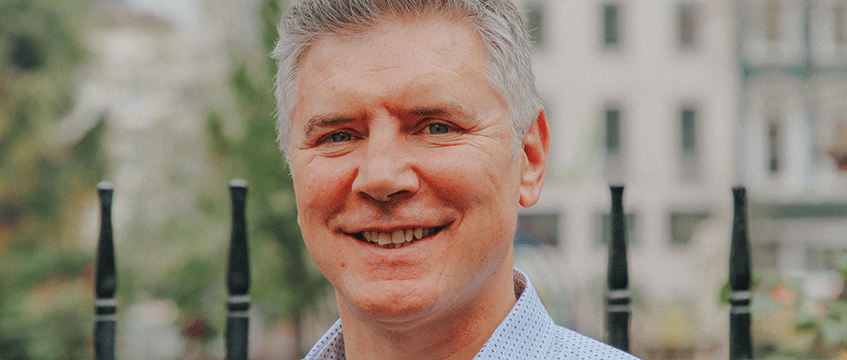COMMENT Delivering sustainable regeneration for towns and cities through thoughtful design and innovative construction will create long-term, positive change to communities. But as the UK battles historically high levels of inflation, are the cost challenges too great?
It seems to be a lazy misconception in the industry that the delivery of the sustainable buildings that we need to tackle climate change will just increase costs massively and burden already-stretched development budgets.
Currently, we are delivering some best-in-class sustainable places that have a tangible and positive impact on the environment, such as Eden, our net-zero-in-operation office building in Salford; Greenhaus, our Passivhaus-certified affordable housing development also in Salford, and the new regional home for DWP in Blackpool. From our experience, what we have found is it can be delivered at little or no extra cost.
Guardians of place
What’s key is having an unwavering vision from the very start of the design of a building, taking a systems-based, whole-life approach to sustainability and social impact, then baking it into the design process from the very start, to make sure it’s seamless and effective.
As a developer with a focus on long-term partnerships, we take pride in creating solutions that benefit communities for generations to come, essentially acting as a guardian of place.
That is the approach we took when we designed our sustainable development strategy too, making sure it is holistic but not cumbersome. All our current projects use this method and it’s serving us well, but we have learned a lot too, so we can consistently improve.
Engaging with the supply chain early to deliver sustainably but efficiently is vital. If we don’t do this, the buildings created will be obsolete long before a sustainable building would be. Obsolescence in regeneration is a term that is feared across the whole industry. But we can and should alleviate this by delivering sustainably and flexibly. Climate resilience is of prime importance, and that is something we make sure of on all our current programmes. We want our places to be enjoyed and appreciated by those who experience them in four, five and six generations’ time, not just today. It is highly likely they will have no idea who delivered them, but we want them to be as proud of them then, as we are now.
Continued innovation
While people and place must be at the top of the list of priorities, we need equally to consider the financial incentives for occupiers, investors and developers alike.
CBRE has found that office buildings with clear and tangible sustainability credentials will see a significant increase in rental income, in comparison to traditional grade-A stock.
You might think an occupier would baulk at paying more rent, but what we are seeing in practice is that delivering sustainable office buildings will result in 60% lower operational costs than that of traditional grade-A stock, so total occupational costs can actually fall. For building sustainable new homes, if we build to Passivhaus standards, residents will enjoy up to a 90% reduction on energy bills, which in this cost-of-living crisis is a massive win. We see this going even further as we, and our supply chain, continue to innovate.
As a business, we have committed to publishing our results against the five key pillars of our sustainable development strategy – net zero carbon, enhancing biodiversity, circular economy, health and wellbeing and social impact – on an annual basis to both our parent company, Morgan Sindall Group, and on our channels to be completely transparent. In these results, we will show what is going well, what hasn’t been as effective as we would have liked and, most importantly, where we can improve going forwards. Transparency is key to avoid greenwashing and to build trust within the industry.
We have come a long way in a short space of time in terms of delivering exceptionally low-energy and low-carbon projects, but we are not stopping there. There is still a long way to go, so we must continually look for ways to innovate and to improve. But as individuals working in the world of regeneration today, we have a huge responsibility and an opportunity – no one else can make the changes needed today to address the impact of what has gone before. Ask yourself this question: what will future generations think of us if we say to them “sorry, but it was just too expensive”?
Chris Scott is development director at Muse











